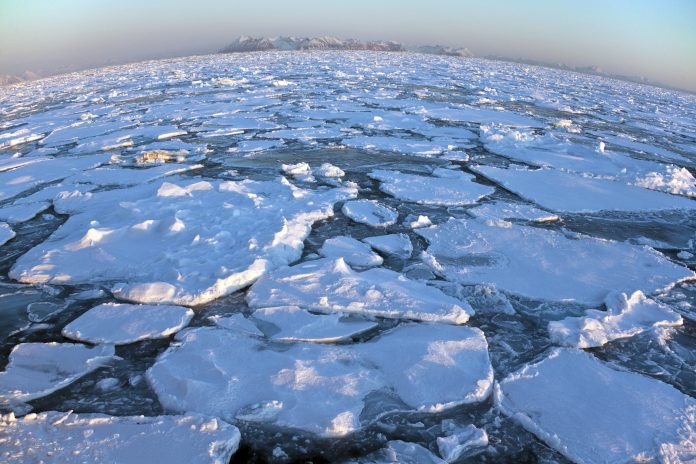Scientists reveal that the summertime Arctic Ocean is becoming increasingly vulnerable to climate change, putting certain animals at risk of losing habitat
According to new data, sea ice that is north of Greenland is looking increasingly likely to melt.
Lead author Axel Schweiger, a polar scientist at the UW Applied Physics Laboratory, explained: “Current thinking is that this area may be the last refuge for ice-dependent species. So if, as our study shows, it may be more vulnerable to climate change than people have been assuming, that’s important.”
Polar bears, seals and walruses are all at risk if they lose the last ice-covered region in this area of the Arctic Ocean.
Co-author Kristin Laidre, a principal scientist at the UW Applied Physics Laboratory, said: “This area has long been expected to be the primary refuge for ice-dependent species because it is one of the last places where we expect summer sea ice to survive in the Arctic.”
Record low of 50% sea ice in 2020
Like other parts of the Arctic Ocean, the ice here has been gradually thinning.
But satellite images showed a record low of just 50% sea ice concentration in August, 2020.
This study uses satellite data and sea ice models to figure out what created this lowpoint – it finds that roughly 80% was due to weather-related factors, like winds that break up and move the ice around.
The other 20% was from the longer-term thinning of the sea ice due to global warming.
The model found that unusual winds moved sea ice out of the area, but that the multiyear thinning trend also contributed, by allowing more sunlight to warm the ocean. Then, when winds picked up, this warm water was able to melt the nearby ice floes.
Schweiger said: “During the winter and spring of 2020 you had patches of older, thicker ice that had drifted into there, but there was enough thinner, newer ice that melted to expose open ocean. That began a cycle of absorbing heat energy to melt more ice, in spite of the fact that there was some thick ice.
“So in years where you replenish the ice cover in this region with older and thicker ice, that doesn’t seem to help as much as you might expect.”

‘A lot more questions than answers’, says Professor Laidre
Currently, scientists are unsure of how the loss of ice would impact species – but they are not hopeful that it would help the delicate ecosystem that exists in this part of the summertime Arctic Ocean.
Laidre, associate professor in the School of Aquatic and Fishery Sciences, said: “We know very little about marine mammals in the Last Ice Area.
“We have almost no historical or present-day data, and the reality is that there are a lot more questions than answers about the future of these populations.”











